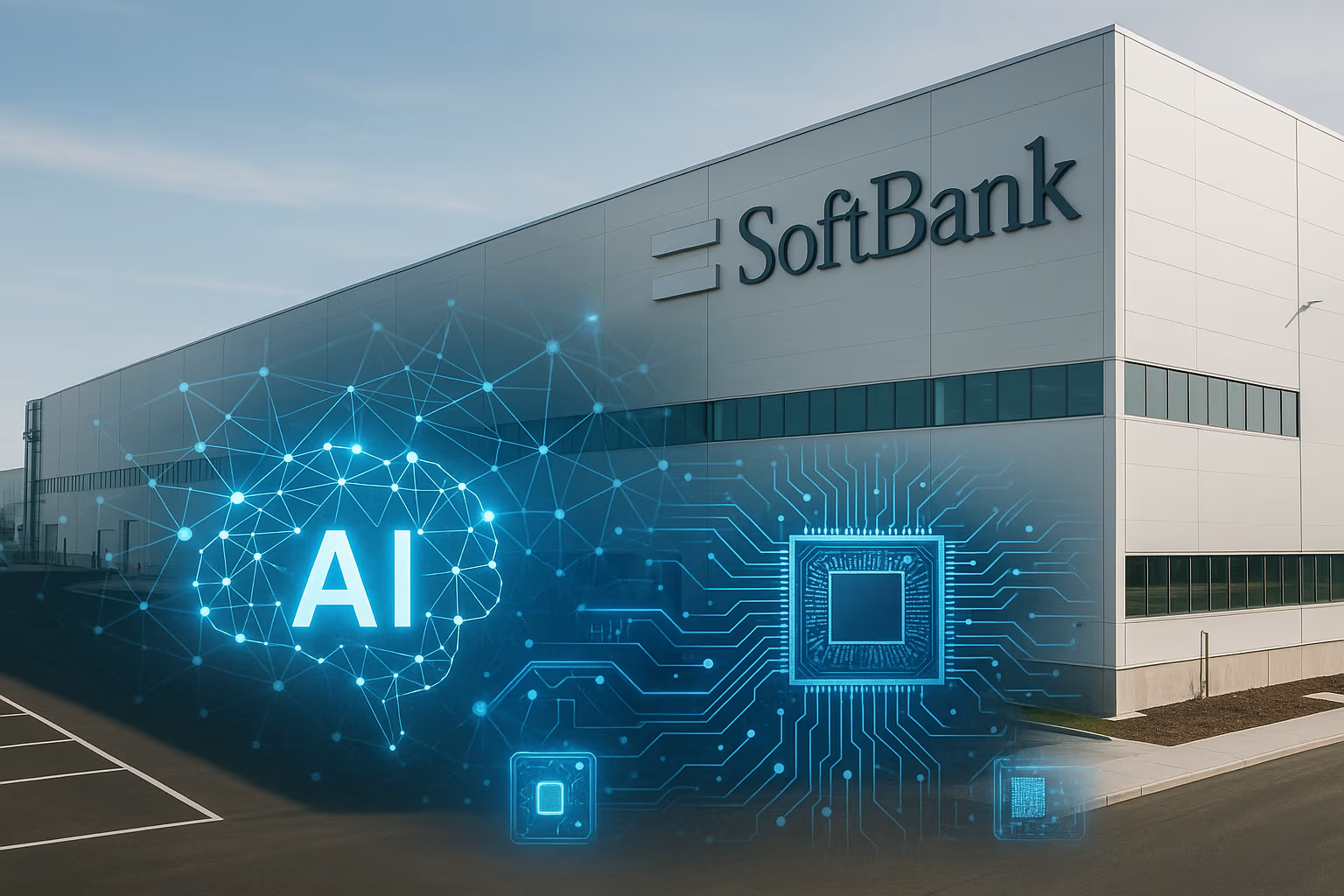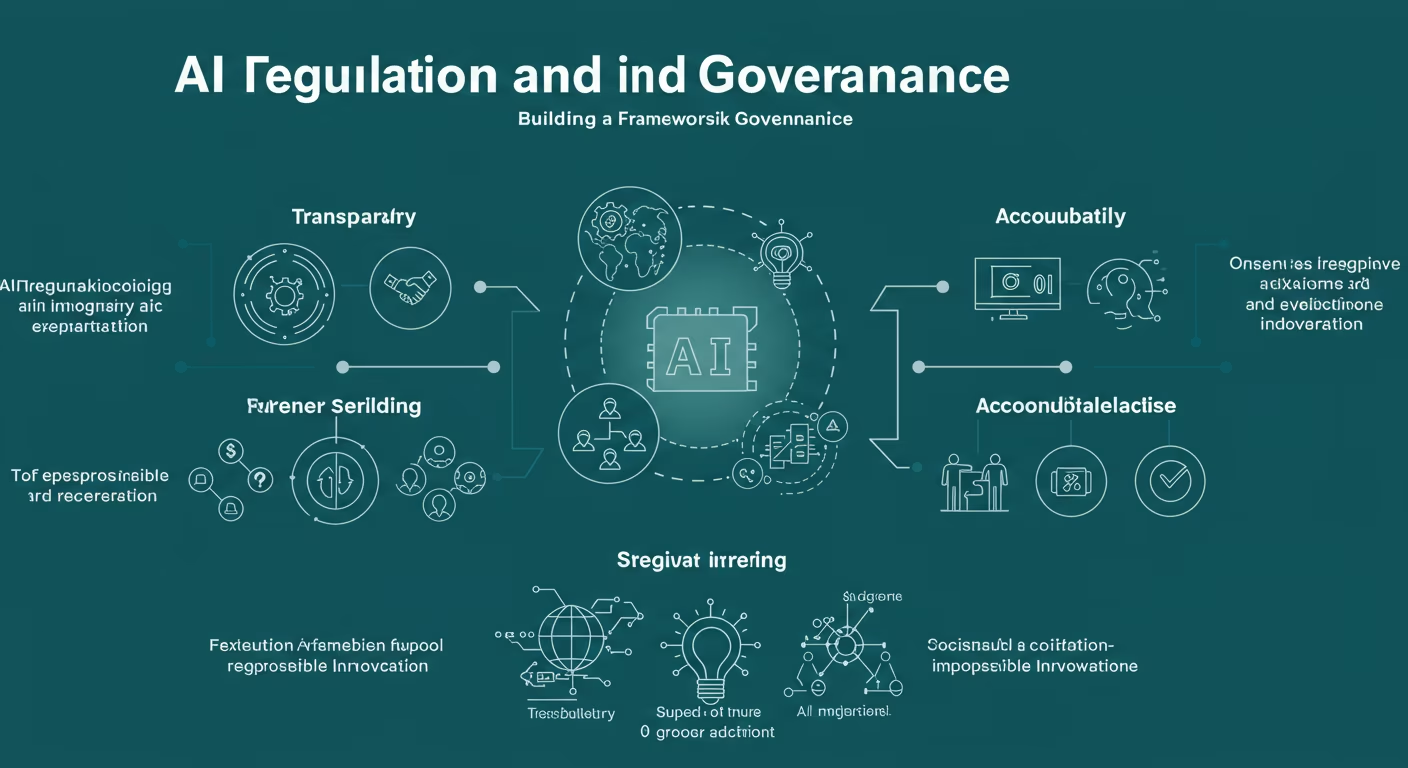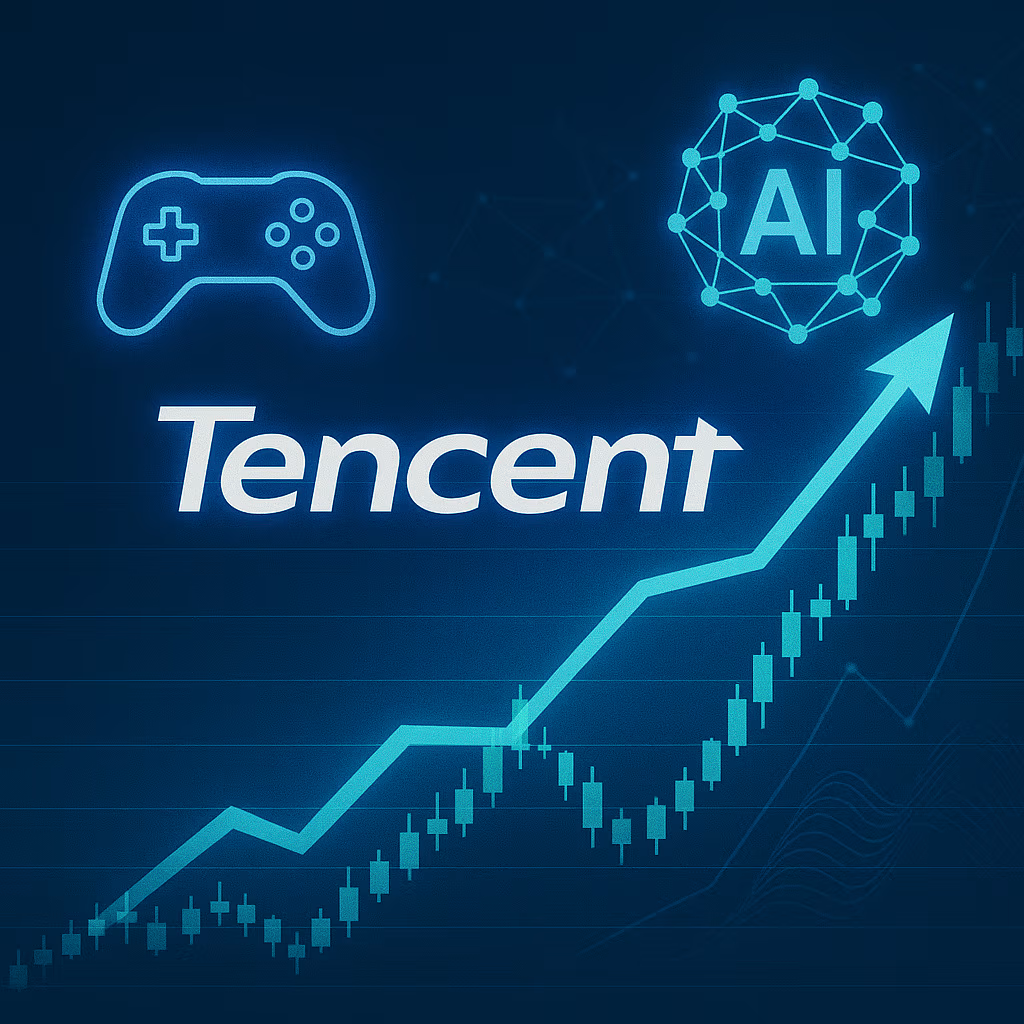SoftBank has made a bold strategic move by acquiring Foxconn’s manufacturing plant in Ohio, a transaction aimed squarely at propelling its ambitious Stargate AI initiative. The deal signals a decisive shift in the Japanese investment giant’s approach to artificial intelligence—moving from heavy capital deployment into software and services toward building the physical infrastructure needed to power the next era of machine intelligence.
A Strategic Pivot Toward AI Infrastructure
For years, SoftBank has been a high-profile backer of technology companies through its Vision Fund, with investments spanning ride-hailing, robotics, and AI-driven software. But in recent months, the company has recalibrated its focus toward what it sees as the foundational requirements of advanced AI—processing power, specialized chips, and the facilities to produce them at scale.
The acquisition of Foxconn’s Ohio facility gives SoftBank a foothold in advanced manufacturing within the United States, strategically positioned in a state that has been actively courting tech and semiconductor investment. With AI models growing in size and complexity, owning production capacity is viewed as a competitive necessity for companies seeking to develop and deploy cutting-edge systems.
Stargate AI: SoftBank’s Next Big Bet
Stargate AI is envisioned as SoftBank’s flagship platform for next-generation artificial intelligence. While details remain closely guarded, industry speculation suggests the project will focus on large-scale AI models optimized for enterprise, industrial automation, and connected device ecosystems.
By securing a production hub in Ohio, SoftBank gains the ability to integrate hardware and software development under one umbrella. This vertical integration could significantly reduce supply chain dependencies and allow faster iteration on AI hardware prototypes, particularly custom processors designed to optimize training and inference workloads.
Why the Ohio Facility Matters
Foxconn’s Ohio plant was originally intended for electronics and component assembly, offering extensive floor space, modern manufacturing lines, and proximity to a growing network of U.S.-based suppliers. For SoftBank, these advantages translate into:
- Reduced Lead Times – Localized manufacturing for AI server racks, edge computing units, and custom chips.
- Regulatory and Security Benefits – Operating within U.S. borders mitigates certain geopolitical risks and strengthens compliance with domestic data security frameworks.
- Talent Access – Ohio’s industrial corridor provides a skilled workforce familiar with advanced manufacturing processes, along with partnerships through regional universities.
The facility also positions SoftBank to potentially qualify for federal incentives tied to semiconductor and high-tech manufacturing expansion in the United States.
A Competitive Landscape in Flux
SoftBank’s move comes at a time when major tech players are scrambling to secure their own AI infrastructure advantages. Tech giants are pouring billions into data centers, custom silicon design, and chip supply agreements, all while competing to attract top AI engineering talent.
By purchasing an existing plant rather than building from scratch, SoftBank gains a head start in a race where timelines can mean the difference between leading and lagging behind. Moreover, ownership gives the company control over production schedules and priorities—avoiding the bottlenecks that can occur when relying on third-party manufacturers during industry-wide capacity shortages.
Potential Synergies Across the SoftBank Ecosystem
SoftBank’s extensive portfolio of AI and robotics startups could be early beneficiaries of the Ohio plant. Companies in its network working on autonomous systems, IoT devices, and AI-enabled industrial tools could use the facility to pilot hardware integration, speed up prototype testing, and scale production.
The acquisition also opens the door for partnerships with U.S. enterprises seeking AI solutions tailored for domestic manufacturing, logistics, and energy sectors. By coupling Stargate AI’s software capabilities with locally produced, optimized hardware, SoftBank could offer end-to-end solutions that address latency, data privacy, and regulatory requirements.
Challenges Ahead
Despite the strategic upside, the acquisition comes with its own set of challenges:
- Operational Integration – Converting a facility designed for general electronics manufacturing into one optimized for AI hardware will require significant retrofitting and investment.
- Market Adoption – Stargate AI must prove its value proposition in a competitive field dominated by established U.S. and Chinese players.
- Economic Climate – Global economic uncertainty and fluctuating demand for AI-driven products could impact timelines and profitability.
SoftBank’s track record shows both spectacular wins and high-profile setbacks, meaning execution will be key to ensuring the Ohio plant becomes a strategic asset rather than an expensive experiment.
A Message to Investors and Competitors
The deal sends a clear message: SoftBank is not content to be a passive investor in the AI revolution—it intends to be a full-stack participant, controlling both the intellectual property and the infrastructure necessary to deliver large-scale AI solutions.
For investors, the move reinforces SoftBank’s commitment to long-term AI dominance. For competitors, it signals that the company is ready to compete not just in the digital layer of AI development but in the physical, hardware-centric foundation that supports it.
The acquisition of Foxconn’s Ohio plant marks a pivotal chapter in SoftBank’s evolution. By aligning Stargate AI’s vision with tangible manufacturing capabilities, the company is bridging the gap between software innovation and industrial execution. If successful, this strategy could position SoftBank as a major player in the global AI arms race—one that controls not just the algorithms of the future, but also the machines that bring them to life.





